PLEASE HELP, NEED HELP NOW! About putting in engineered wood flooring.
Cat Draw
5 years ago
Featured Answer
Sort by:Oldest
Comments (18)
Related Discussions
PLEASE help us find good looking engineered wood flooring!
Comments (10)Definately Owens for several reasons. Very thick wear layer and much longer lengths. In fact if you wanted all lengths over four foot you could add an extra 15% on the order to cull out the two and three footers. Lenths up to eight feet, which is extremely rare in engineered. It's also not easy to find those kind of lengths in common solids as well. Owens is an unfinished product. People will be in awe when they see the final result. Pictured is a white oak select....See MoreMystery Moisture in Slab Ruined Engineered Wood Floor. Now What?
Comments (149)We had our whole house re floored in LVP In June 2021. Within a few months a portion of the kitchen started bubbling up and splitting at the seems. The flooring guy originally came and said that he believed it was sun damage coming from our glass sliding door. We ended up replacing the door with uv protection glass and the flooring guy replaced the whole kitchen floor with a moisture barrier paper underneath. During the demo they said there was possible moisture on the floor. We had a plumber out and he determined we did not have a leak. Just a few months later it started to happen again in a different area of the kitchen. When they installed the lvp originally they went right over tile, so this time he took up the tile as well so we could see what was happening. There was no obvious water or leak. We then had all our pipes looked at. Our drain pipes scooped. Inside and outside, pool, etc. Spent a ton of $ on tests. There was no leak to be found. We think we must have a foundation slab that has a high moisture content or the soil below has a lot of moisture? That’s all we could come up with. This time for the 3rd installation they put down a moisture barrier epoxy, a wood plank sub floor, and glued the lvp down to that. It made it a year after that, but we have the same problem happening again. So they have replaced the flooring in the kitchen 3 times in less than 3 years and it needs to be replaced again now. We had the manufacturer out and they of course blamed the installation. It is mind boggling. We have had so many plumbers, and flooring companies out and no one has ever agreed on what the problem is. So, I have to replace the kitchen floors again and this time need to do something other than the LVP that matches the rest of the house. I have heard about epoxy/ painted concrete flooring and thought that might flow better than tile. Do you have a knowledge as to if it would hold up to moisture fumes as that is our best guess as to the moisture problem we have? Tile is the other option and that is what was originally in the house and there didn’t seem to be any issues with tile. any ideas?...See MorePlease help - what to put under wood floor in kitchen?
Comments (8)"I've been told, half jokingly, that every house in New England has a damp basement." Sounds like something a savvy real estate agent would say to a prospective buyer! Regardless of what you put on your kitchen floor, don't live with a damp and moldy basement, it isn't good for you. We fixed curtain drains, added dirt so water would drain away from the foundation, and painted that black goop on it, and finally got the dry basement we needed....See MoreColor for engineered wood floor Please help!
Comments (13)@HU-16337133: It looks like you’re going to have a beautiful result no matter what.🙂 Who makes that flooring?...See MoreCat Draw
5 years agoCat Draw
5 years agoCat Draw
5 years agomillworkman
5 years agoCat Draw
5 years agolast modified: 5 years agoCat Draw
5 years agolast modified: 5 years agoCat Draw
5 years agolast modified: 5 years agoSJ McCarthy
5 years agoCat Draw
5 years ago
Related Stories
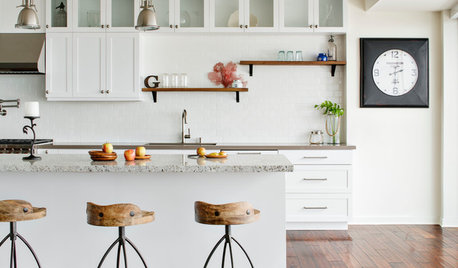
REMODELING GUIDESWhat to Know About Engineered Wood Floors
Engineered wood flooring offers classic looks and durability. It can work with a range of subfloors, including concrete
Full Story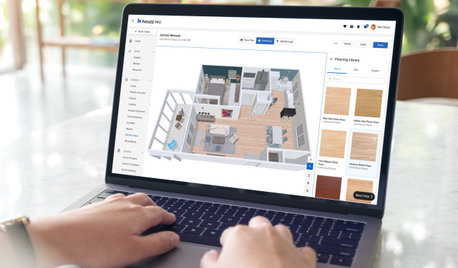
HOUZZ PRODUCT NEWSHouzz Pro 3D Floor Planner Helps Clients Visualize Designs
The updated tool shows remodeled spaces in 3D with Benjamin Moore paint colors and wood, carpet and tile flooring
Full Story
REMODELING GUIDESWhen to Use Engineered Wood Floors
See why an engineered wood floor could be your best choice (and no one will know but you)
Full Story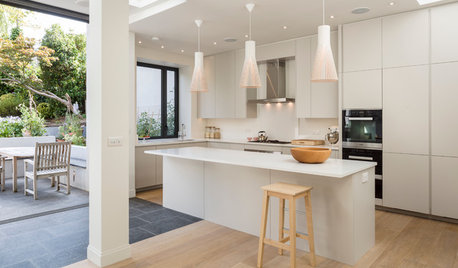
FLOORSHow to Care for Engineered Wood Flooring
Keep your wood floor looking its best with these tips and tricks from the experts
Full Story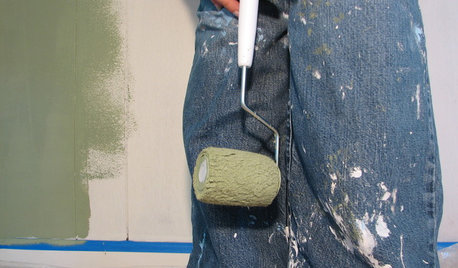
PAINTINGHelp! I Spilled Paint on My Clothes — Now What?
If you’ve spattered paint on your favorite jeans, here’s what to do next
Full Story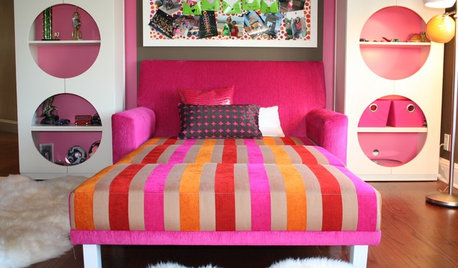
SMALL SPACESDownsizing Help: Where to Put Your Overnight Guests
Lack of space needn’t mean lack of visitors, thanks to sleep sofas, trundle beds and imaginative sleeping options
Full Story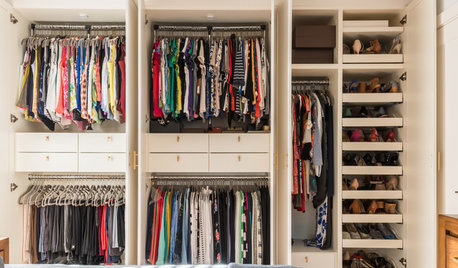
CLOSETSSpring-Cleaning Moves to Help You Feel Better About Your Closet
It’s possible to love your clothes storage space, no matter how small
Full Story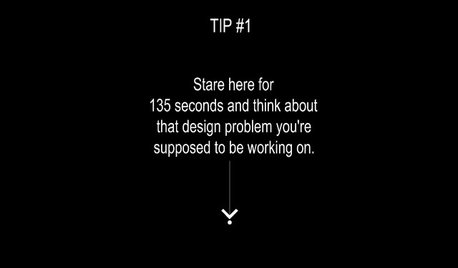
COFFEE WITH AN ARCHITECT10 Tips to Help You Put Off Procrastinating
Blank page staring at you? Look it in the eye, then vanquish it in 10 only slightly meandering steps
Full Story
LIFEYou Said It: ‘Put It Back’ If It Won’t Help Your House, and More Wisdom
Highlights from the week include stopping clutter from getting past the door, fall planting ideas and a grandfather’s gift of love
Full Story
REMODELING GUIDESYour Floor: An Introduction to Solid-Plank Wood Floors
Get the Pros and Cons of Oak, Ash, Pine, Maple and Solid Bamboo
Full Story



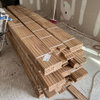
katinparadise